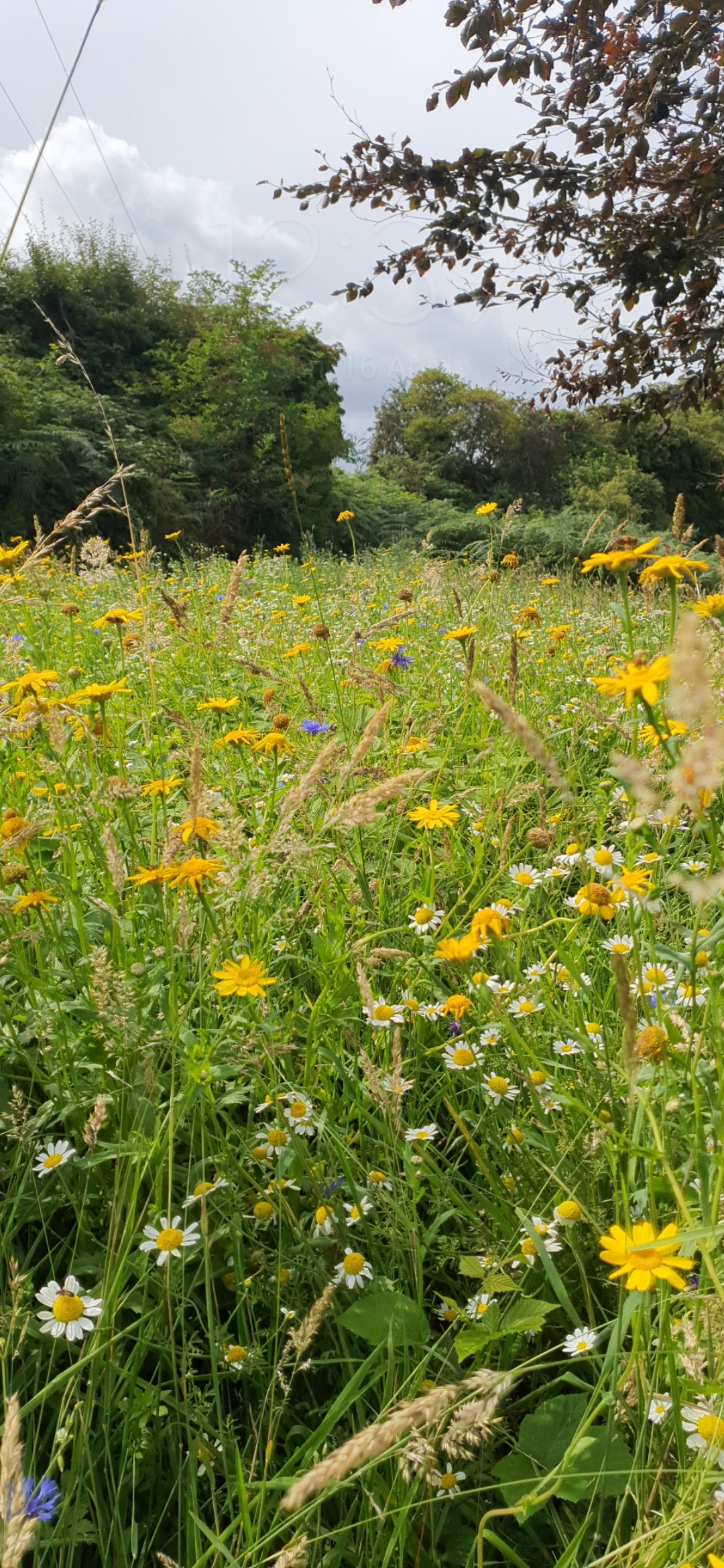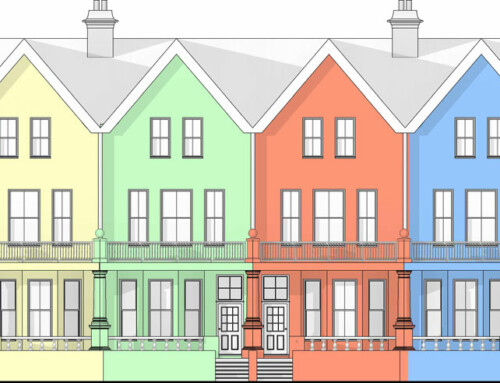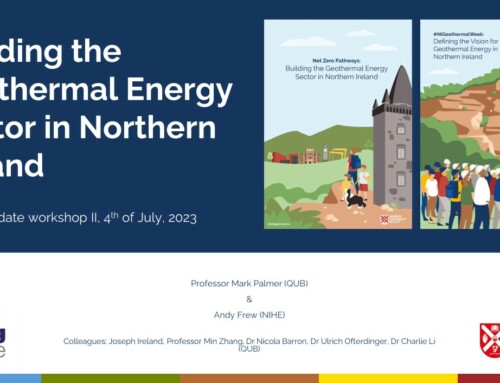As we all slowly melt through another heatwave, what can we collectively do to help mitigate the effects of climate change. Architects should engage with clients to advocate for and reinforce the benefits of nature, and specifically trees, within the design strategy of every project. While trees are one key measure to help reduce the impacts of climate change, nature should be incorporated from the outset to achieve a holistic design which targets biodiversity, climate action goals and supports existing infrastructure.
Trees and green roofs can help reduce the urban heat island effect and trees and other plants help cool the environment, making vegetation a simple and effective way to reduce urban heat islands. Trees and vegetation lower surface and air temperatures by providing shade and through evapotranspiration with trees having a positive affect all four environmental factors impacting human comfort: air temperature, radiant temperature, air velocity and humidity.
Trees also can contribute to control of surface water runoff, which is a major issue in urbanized Northern Ireland, with a lack of sewage capacity in many urban areas. Trees can contribute to surface water management through canopy interception, evapotranspiration, infiltration and bioretention, while appropriately designed tree rooting environments also provide water retention and pollutant removal.
Within the recently published RSUA Climate Action Paper increasing native Irish tree coverage for future timber supply was identified as a critical action, with the finger being pointed at DAERA to establish a task group to develop a plan to grow native Irish trees specifically with the aim of creating a natural resource of high-quality building material for the future. The paper also highlighted the need to allocate green space in higher density urban areas through the planning process, calling for local councils to consider including a condition requiring green coverage including trees, green roofs etc, as a percentage of new developments. A green fund could be established to help the creation of green spaces in urban areas.
Green spaces, tree lined streets, parks and green roofs form an important biodiversity network encouraging nature to thrive throughout our urban built environment. Trees are just one way to embed additional climate resilience, and it is right we reap their benefits – from helping to limit flooding, improving air quality and providing green spaces.
Ref: Morris, Neal. “How to convince clients to plant and retain more trees.” Web blog post. RIBA Journal, 15 June 2023.
Royal Society of Ulster Architects, 2023 “RSUA Climate Action paper 2023”








Leave A Comment